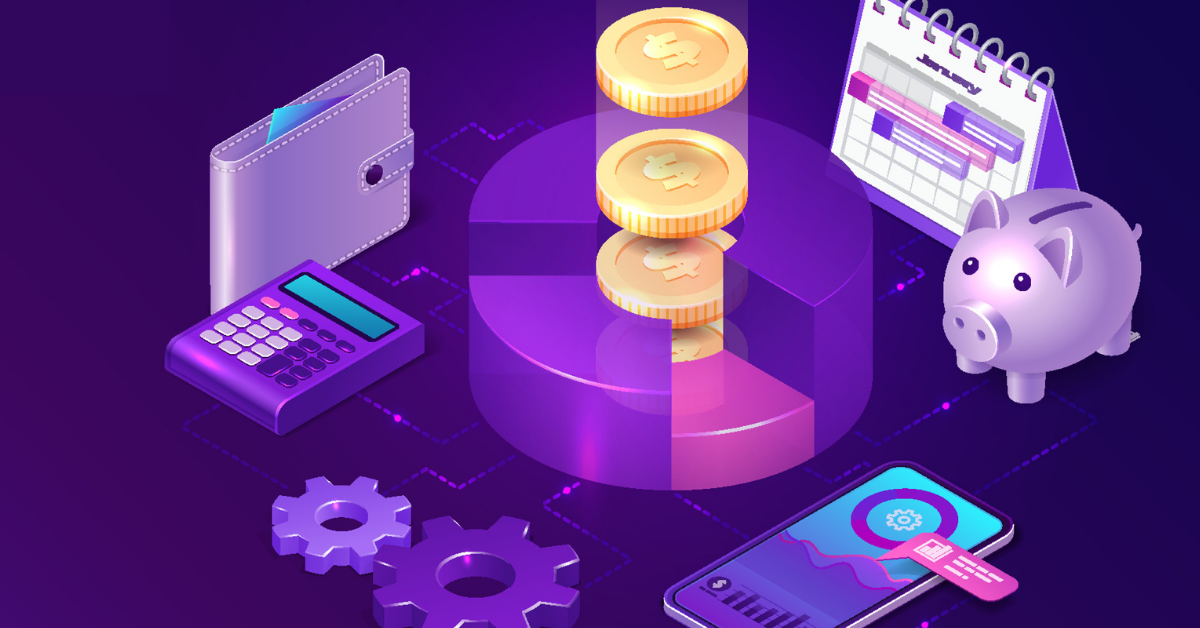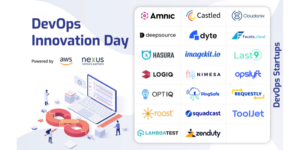Increase in hassle-free and flexible microcredit and short-term interest-free payment options have led to a rise in lending which has also boosted the collections sector
Today’s technological improvements have helped generate massive amounts of data, making it easier to understand borrower behaviour better, thereby enhancing collection
A more humanistic approach to debt collection centred around customer-centric and data-driven techniques can increase customer experience and recovery rates
With the introduction of credit cards, India suddenly had access to cashless transactions and microcredit. The newest player on the scene, Buy Now Pay Later (BNPL), is a step ahead in terms of lending to customers with a digital twist. Due to its hassle-free and flexible microcredit and short-term interest-free payment options, BNPL has become extremely popular among millennials. Mobile apps have surpassed credit cards as the most convenient way to conduct digital transactions. This increase in lending has also boosted the collections sector.
In addition to wreaking havoc on people’s emotions, the pandemic has resulted in severe financial difficulties, with an increase in the percentage of debt defaulters. This has given rise to specialised debt collection organisations. I believe that these organisations will be the main growth engine with a very high possibility to become India’s next sunset industry.
Technological Advancements Driving Collections
Modern technological developments can generate enormous amounts of data that can be utilised to better understand borrower behaviour. This will result in an improved understanding of how borrowers regard collectors.
Three things have altered the lending and collection landscape. For starters, cell phones are now widely used because India has the lowest data costs in the world. Add to that the fact that, in the previous seven years, a large number of no-frills savings accounts were opened as a result of a strong push for financial inclusion. Furthermore, banks are now part of a national network for quick and seamless digital payments. Despite all of this technological assistance, village collections remain difficult due to linguistic, educational, and entrenched cash-use barriers.
Banks are encouraged to outsource collection to debt management and non-performing assets (NPA) resolution platforms. Furthermore, they have traditionally relied on collection agencies to recover debts (telemarketers and field agents), resulting in a negative customer experience and frequent harassment incidents. But, with time, the methods for collecting debt have indeed improved. And with today’s technological improvements and adoption, helping generate massive amounts of data makes it easier to understand borrower behaviour better, enhancing collection.
New Age Fintechs Providing Innovative Solutions
Artificial intelligence (AI) and machine learning (ML) algorithms are used to forecast the likelihood of an overdue loan repayment based on various data variables such as location, EMI payment history, borrower profile, and so on. Fintechs, NBFCs, and banks have expanded digital payment options for credit cards and personal loans by utilising AI-based bots to guide customers through the payment process and enable single-click payment options. By identifying accounts most likely to pay, AI-powered models help maximise collections. This means faster liquidation, more extensive net collection per agent and more loan closures per month.
A data-driven and insight-driven service known as digital debt collection enable lenders and debt collectors to improve their borrower engagement methods by utilising cutting-edge technologies such as AI and ML. These communication methods include emails, texts, WhatsApp, and any other digital medium that customers prefer. Collectors and lenders can provide personalised communications to customers by leveraging AI-powered data. Additionally, customers have the choice to pay at any moment using their preferred payment method digitally. A more comprehensive and humanistic approach to debt collection can increase customer experience and recovery rates as a result of these customer-centric and data-driven techniques.
Outlook
Loans and credits accelerate the economy’s growth. However, it is critical to monitor debt levels and repayment patterns. Collections organisations are currently exploring several initiatives that will ultimately transform operations into a digital and value-based approach to answering the shifting needs of the current credit climate.


![Read more about the article [Funding alert] Car servicing startup Fixcraft raises $1M in pre-Series A round from marquee angel investors](https://blog.digitalsevaa.com/wp-content/uploads/2021/07/Image43bq-1627536828385-300x150.jpg)






